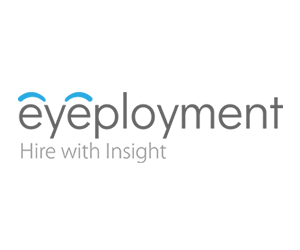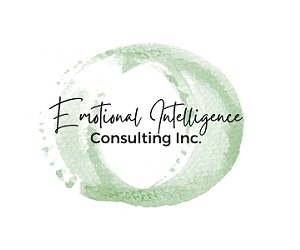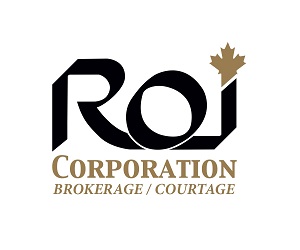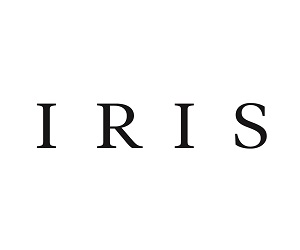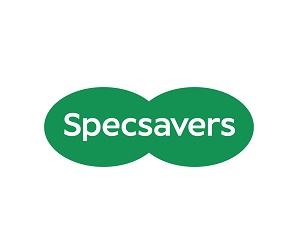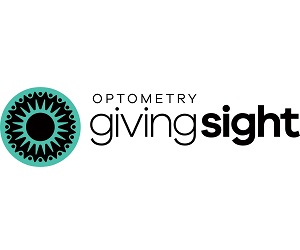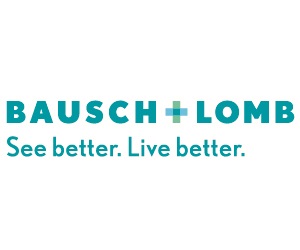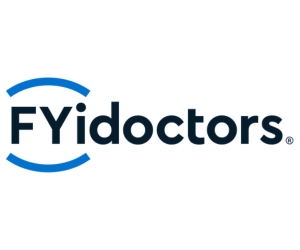
One of the key metrics we track in SIMI Analytics is Revenue Breakdown. What products and services are bringing in the most revenue? We compare this to how much time is spent to offer these products and services on the exams side to evaluate the effectiveness of the time invested.
According to SIMI Analytics, a healthy primary care practice brings in 26% of their revenue from exams, diagnostics contribute 10%, spectacles 50%, contact lenses 12% and miscellaneous (OTC products and optical accessories) 2%.
Detailed Breakdown
We often break this down further to look at how much chair time is being dedicated to services as compared to products. For instance, we always evaluate the revenue generated from contact lens assessments in comparison to how much revenue is being generated from contact lenses (both gross and net dollars). As contact lenses have become a commodity, it has become even more important to the financial health of the practice to ensure that the chair time associated with the care of contact lenses is covered.
A number of practices we work with have successfully introduced Specialty Contact Lenses, Vision Therapy, and Dry Eye Clinics as a means to both meet patient needs and increase revenue. In these practices, the Revenue Breakdown in SIMI Analytics looks a little different.
Here’s how you can expect to generate your revenue:
Impact on Staffing Decisions
Note in particular how primary care practices are much more dependent on optical sales for financial health. A practice offering Vision Therapy generates a much greater percentage of their revenue from the services of Vision Therapy versus selling frames and lenses. From this information, the practice can make more sound business decisions. For instance, if your practice is predominantly offering Vision Therapy as the main means of revenue, our recommendation would be to hire a frame stylist for the optical instead of an optician and concentrate your staff cost resources on hiring skilled and passionate therapists for Vision Therapy.
For practices offering medical contact lenses, such as Ortho-K and Scleral lenses, the differences to note are the increased revenue sources from both Exams and Contact Lenses. In this case, the products are much more profitable and it makes sense to expect more revenue from this source as compared to Eyeglass Revenue. Another metric we like to follow in our Contact Lens clinics is sunglass sales. Our expectation is that the revenue from plano sunglasses should be significantly higher. Again, staff decisions will be impacted by this information. Not only do you want to hire someone who is knowledgeable in contact lens care to assist your patients but you will want that person to also be passionate about sun protection. There is also an implication to your inventory decisions. This practice will carry a large selection of plano sunglasses.
The most interesting change in revenue generation for a Dry Eye clinic, besides the increased Exam revenue, is the increase in sales of OTC products. Drops, vitamins, wipes and make-up all contribute to increased revenue in this type of clinic. Given this, it is our recommendation to hire a dedicated staff member to be your Dry Eye Clinic coordinator. This is the person who will confidently explain all the products and solutions to each patient and follow through with after-care instructions.
Whether you choose to differentiate or remain focused on Primary Care, the key to success is to decide on one and stay focused. Keep track of the time it takes you to generate your income and use that information when making decisions about changing or adding extra staff, services, and products.

CHRISTINA FERRARI
is the co-founder and managing partner of Simple Innovative Management Ideas (SIMI) Inc. and expert Practice Management contributor for Optik magazine. She can be reached at info@simiinc.com











